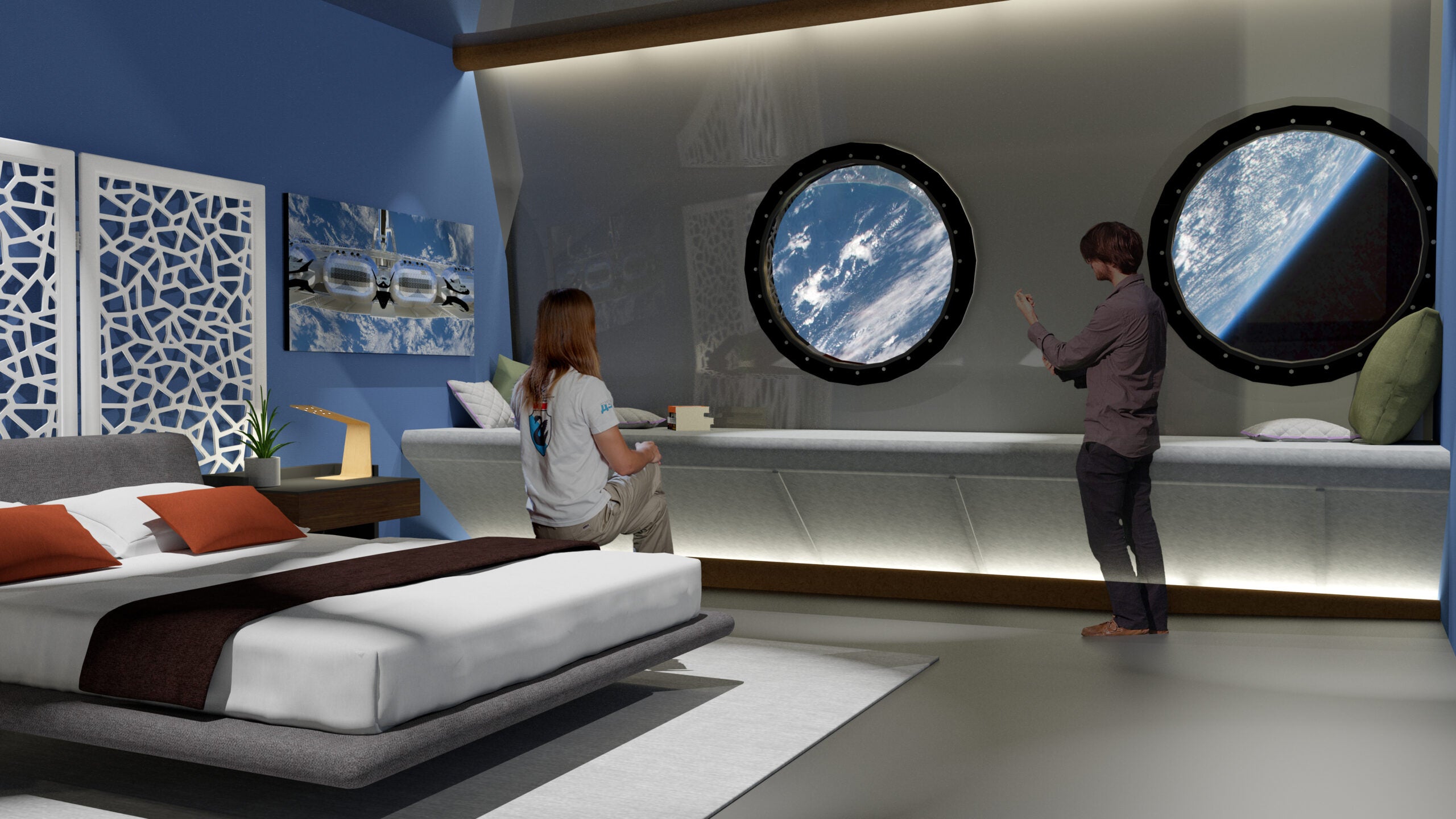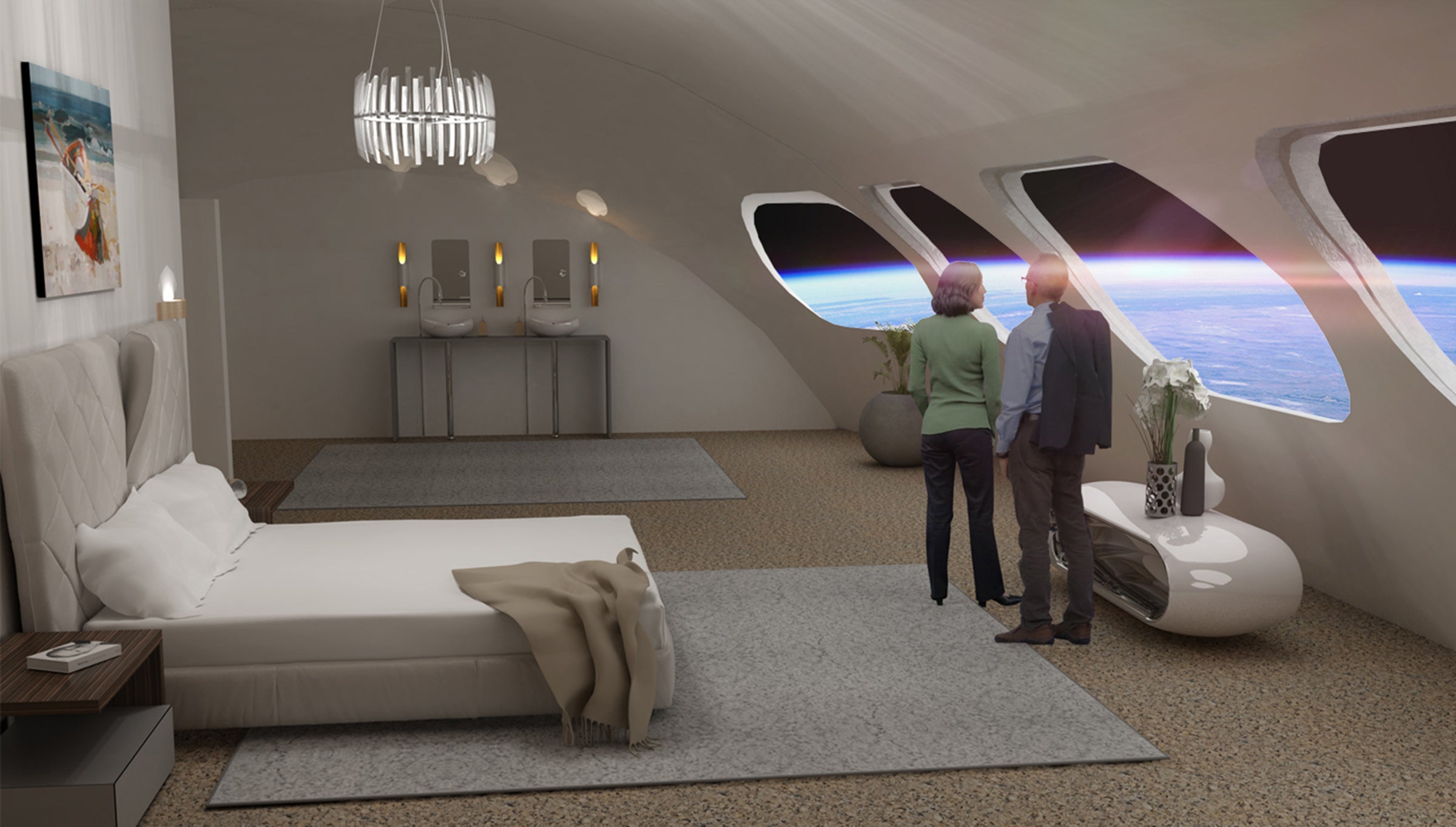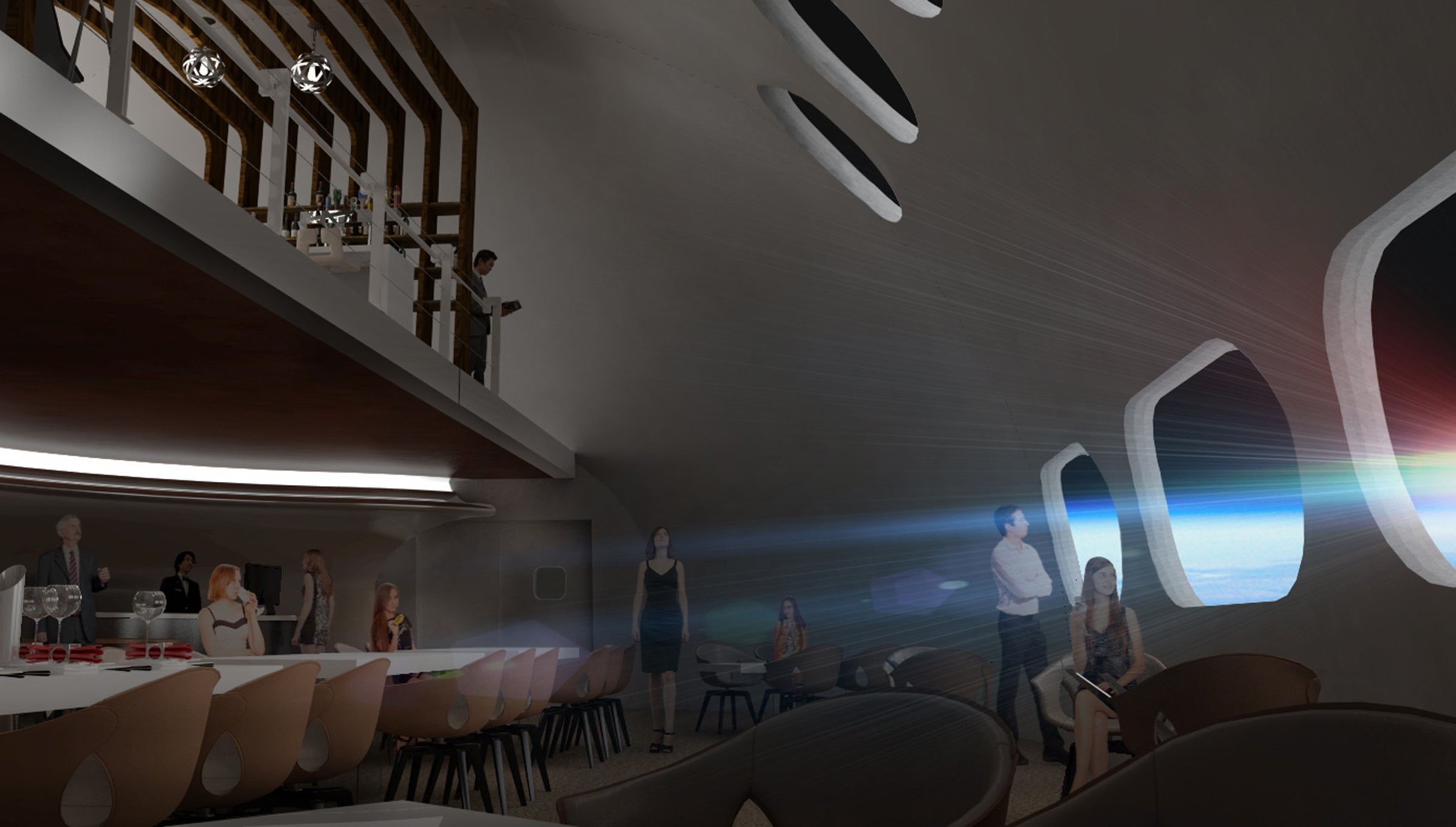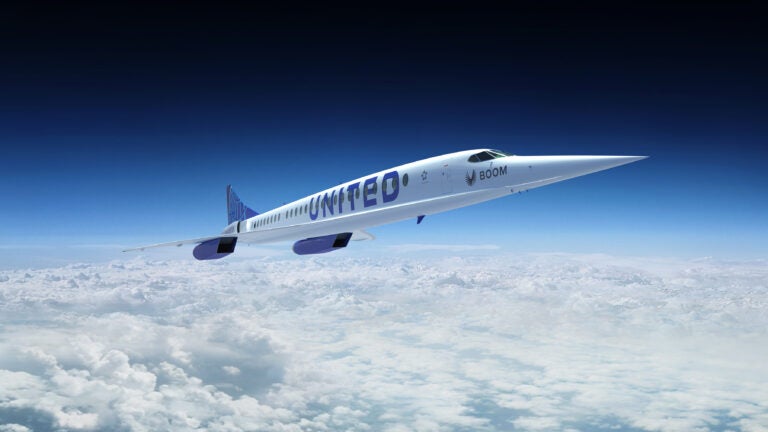Voyager Station could open in 2027.

Plans are underway for a luxury getaway that is out of this world. Literally.
Orbital Assembly Corporation, billed as the world’s first large-scale space construction company and run by former pilot John Blincow, aims to open Voyager Station in 2027. The company recently opened a new production facility in Fontana, Calif.
If constructed as designed, the hotel would accommodate 280 guests and 112 crew members.
“We’re trying to make the public realize that this golden age of space travel is just around the corner,” Blincow told CNN. “It’s coming. It’s coming fast.”

The rotating space station looks like a wheel and has 24 large, connected, pressurized modules. An unpressurized ring structure in the center of the station would capture and secure visiting spacecraft, according to the company. Guests would then unload from the docking port through a set of pressurized tubes leading to the modules.
Gravity is essential for long-term stays in space, and the rotating wheel would produce various levels of artificial gravity for space tourists so they could experience showers, toilets, and beds that function similarly to those on Earth.
“The station rotates, pushing the contents of the station out to the perimeter of the station, much in the way that you can spin a bucket of water — the water pushes out into the bucket and stays in place,” Tim Alatorre, senior design architect at Orbital Assembly Corporation, told CNN.
This isn’t the first space hotel concept. Space technology start-up Orion Span aimed to open a luxury space hotel in 2022 called Aurura Station, but the company has shut down and refunded all customer deposits, according to its website.
Other companies working on space travel include Virgin Galactic, billed as the world’s first commercial spaceline, and rocket company SpaceX, headed by Elon Musk, who envisions taking humans to Mars.

Voyager Station would include standard hotel rooms, luxury suites, a health spa, a gym, a concert venue, themed restaurants, and Earth-viewing lounges and bars, according to a press release.
Space tourists could choose from 320 square-foot standard hotel rooms with private bathrooms or 5,300 square-foot luxury villas with cooking facilities, three bathrooms, and accommodations for up to 16 people. The villas could be rented for a week, a month, or purchased as a vacation home.

Guests would sip cocktails in a space bar with a water feature that will “seemingly defy the laws of physics as a curving flow of water falls from the ceiling to the restaurant below,” the company wrote.
A gym with a 23-foot ceiling is where guests could play sports in a 1/6th Earth gravity environment. At night, the room would convert into a concert hall “where the biggest musicians on Earth will rock the station as it circles the planet.”
The hotel’s restaurant would serve fresh food, thanks to bi-weekly deliveries, as well as “space classics” such as Tang and freeze-dried ice cream, according to the company.

Voyager Station would accommodate companies and space agencies conducting low-gravity research, as well as “space tourists who want to experience life on a large space station with the comfort of low gravity and the feel of a luxury hotel,” the press release said.
Room rates have not been released, but won’t be affordable for most people at first, according to Jeff Greenblatt, chief visionary officer for the company.
“When we go to space station number two or three, you know, we hope that in time, it will break below that million-dollar level,” Greenblatt said in a statement. “And then it’s still an expensive vacation, still something most people can’t afford, but it’s something that one could save for, one could compete for, get scholarships for. And certainly, as the number of uses of space habitation increases, there’ll be more and more investment in this, that I think, you know, eventually can get it down to the level where a family vacation might take place in space.”
Newsletter Signup
Stay up to date on all the latest news from Boston.com
"hotel" - Google News
June 10, 2021 at 09:16PM
https://ift.tt/2TNOZr6
Look at the ambitious plans for Voyager Station, a hotel in outer space - Boston.com
"hotel" - Google News
https://ift.tt/3aTFdGH
https://ift.tt/2xwvOre
Bagikan Berita Ini















0 Response to "Look at the ambitious plans for Voyager Station, a hotel in outer space - Boston.com"
Post a Comment